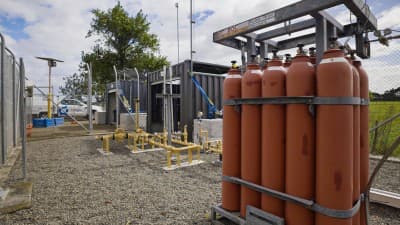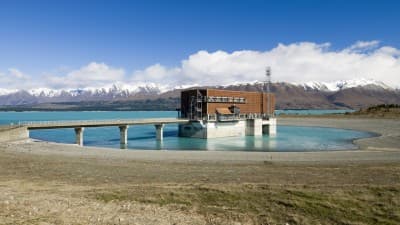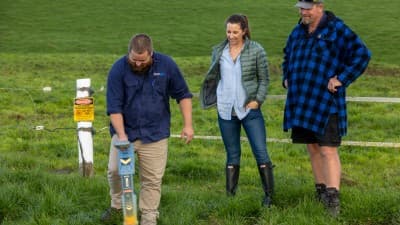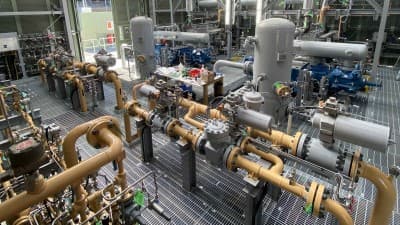Tackling New Zealand’s greenhouse gas emissions is a team effort – everyone has a part to play. Households, businesses and government must find ways to reduce emissions so we can help fight climate change.
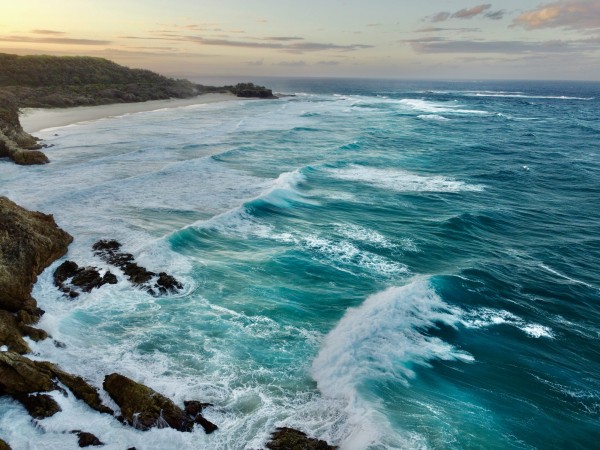
In Aotearoa, our top source of CO2 emissions is transport, which contributes around 38% of gross carbon dioxide emissions. There’s a lot of action being taken to reduce this number, not only with EVs, but also a hydrogen refuelling system for long-haul freight and other innovative transport solutions.

But how much is being done to address our second-largest source of CO2 emissions? Manufacturing industries are responsible for 19.1% of gross carbon dioxide emissions, and the sector can be difficult to decarbonise. Industrial processing is one area where hydrogen can be the ideal solution.
Green hydrogen can transform hard-to-decarbonise industries
‘Process heat’ is often used in manufacturing. It is typically steam, hot water or hot gasses, produced in an industrial setting and used for heating and processing materials. Process heat alone contributes 8% of our gross emissions, and at least half of process heat is created using fossil fuels like natural gas or coal.
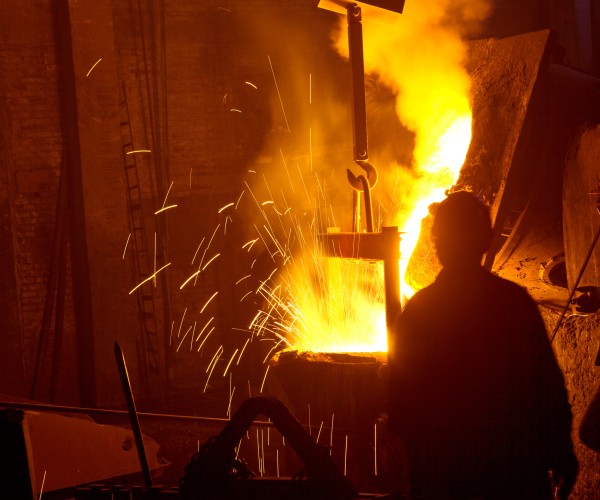
It is difficult or impossible to decarbonise process heat through electricity alone. Hydrogen can provide high-grade heat at over 400oC, a great solution for applications like cement manufacturing, glassmaking and aluminium smelting.
Steelmaking is another carbon-intensive industry that relies on fossil fuels for its process heat. Hydrogen could be a cost-effective and energy-dense replacement for fossil fuels in the steel industry, with the potential to cut its emissions by 20% by 2030, according to a McKinsey report.
There is “strong potential” for green hydrogen to reduce emissions in the methanol and ammonia production industries in New Zealand, say the authors of MBIE’s recent Gas Transition Plan Issues Paper. Green hydrogen is already in production here, they add, and it looks to be an economically viable option for decarbonising these processes.
A team of researchers at Victoria University is working on hydrogen-ironmaking technology to decarbonise our steel- and ironmaking industries. Dr Chris Bumby and his team have built a fluidised-bed reactor, which uses New Zealand iron sand and hydrogen gas at temperatures up to 1000oC. This can produce high-purity green iron.
Green hydrogen will soon be a trillion-dollar market
Green hydrogen is forecast to be cost competitive within a decade, supporting around two million jobs each year, globally, between 2030 and 2050, according to a recent Deloitte report. By 2050, the global market could be worth US$1.4 trillion per year, but it will take considerable investment and global government cooperation to achieve the level of production required.
That green hydrogen could deliver 85 gigatons in reduced CO2 emissions, and help the world reach its climate change targets. It will take 360 million tonnes of green hydrogen each year, according to the International Energy Agency. It will take a global effort to produce all that hydrogen, but some enormous projects are already underway.
There are more than 1,000 projects, worth around $320 billion in direct investment, and around half are focused on large-scale industrial applications, according to the Hydrogen Council. That includes several projects in Aotearoa, including our hydrogen refuelling station network in construction, thanks to Hiringa. Once operational, the Kiwi network will add to the more than 1,000 hydrogen refuelling stations worldwide; growth is at 50% year-on-year.
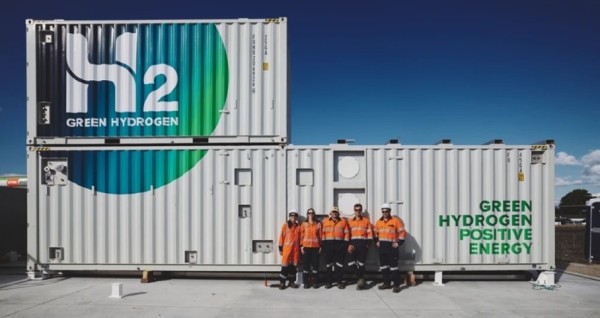
Photo credit: Hiringa team and hydrogen refueling station
Clarus is part of the hydrogen decarbonisation journey
At Clarus, we’re part of the push toward hydrogen to decarbonise heavy industry and long-distance transport. We’ve already completed our hydrogen feasibility pipeline study, an agreement with Hiringa Energy to provide pipeline infrastructure for its Hydrogen refuelling stations.
We’re also looking at hydrogen storage options, and we’re working to understand how gas pipelines can support the growth of the hydrogen industry in New Zealand. All these efforts will help decarbonise industrial applications in Aotearoa and reduce greenhouse gas emissions across the economy.
For more on how we’re moving toward decarbonisation, visit Future of gas.

